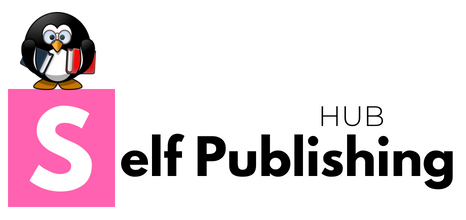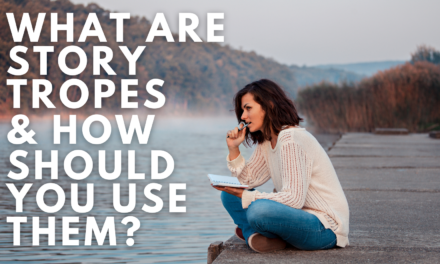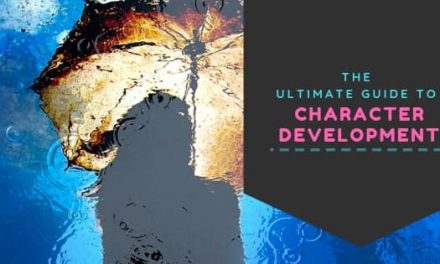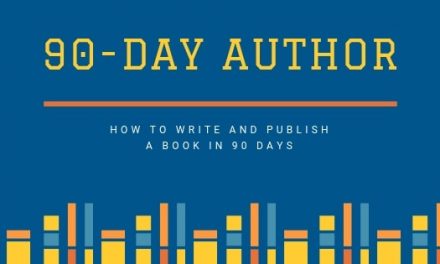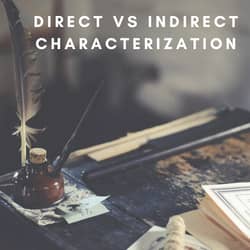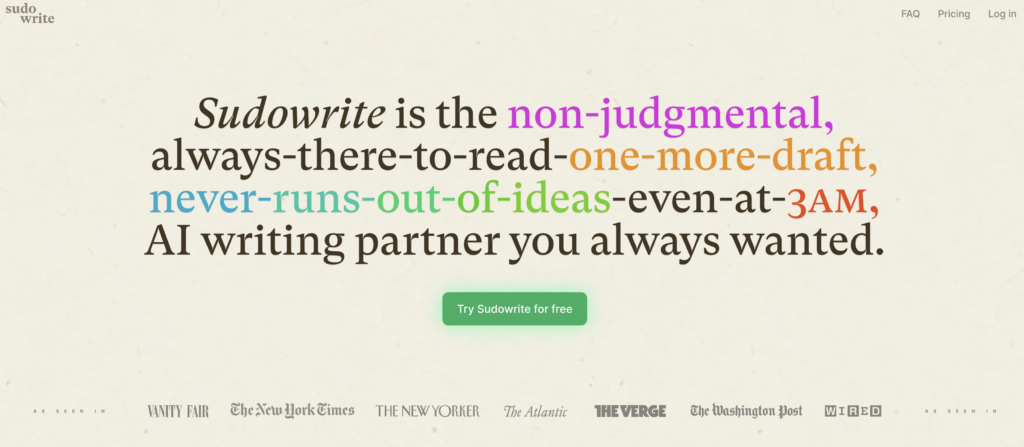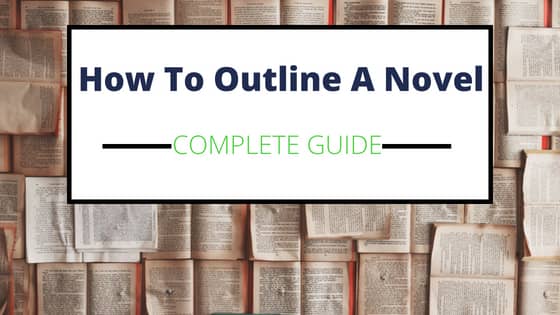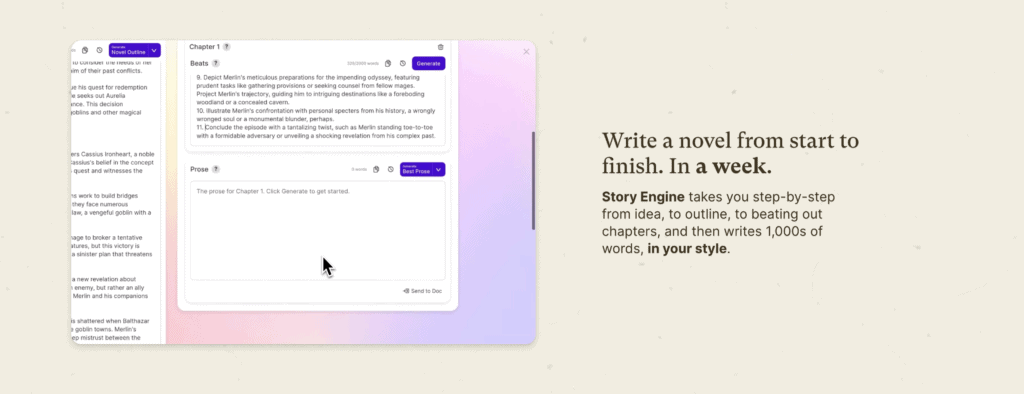I often talk about the different questions or should I say “doubts” I had about my own writing when I decided to self-publish. One of the concepts I wanted to make sure I had down cold was the use of 3rd person point of view in my story. Read this if you want to know more about all types of Point of View.
In this article, I figured I would put some of that research to use and share what I learned specifically about 3rd person point of view to maybe save a fellow Newbie author some angst.
Article Topics
What is Point of View in Literature
First, I think it’s important to briefly explain what point of view in literature is.
Point of View is essentially the angle an author decides to tell the story from. Think of your point of view as the camera lens you choose to tell your story through. This is your narrators perspective.
There are three primary points of view to choose from.
- First Person – The narrator tells the story from his/her own perspective. example: (“I slammed the door.”)
- Second Person- The narrator tells the story about you the reader. (” You slammed the door.”)
- Third Person- The narrator tells the story of someone else. (“He slammed the door.”)
As an author, you need to consider how much information you want to share with your readers before picking a point of view. Once you know the perspective your story’s narrator should give about the events in the novel, you are ready to pick a point of view.
As promised, in this article we will focus on the different types of the Third Person Point of View. Third person point of view enables the narrator to tell the story from a greater distance, as opposed to taking a first-hand part in the action.
The Different Types of 3rd Person Point of View
There are several different types of 3rd Person Point of View.
- Definition of Third Person Limited: The narrator knows the thoughts and feelings of one character only, that character is followed throughout the story and is normally the protagonist.
- Definition of Third Person Omniscient: is when the narrator knows all the thoughts, feelings, motivations of all the characters in the story. He jumps from character to character to show how they contribute to the plot as it moves forward.
- Defintion of Third Person Objective: The narrator shows us what is going on without any insight into the feelings and thougths of any character. The narrator is thought to be impartial and not partial to any one characters beliefs or feelings.
- Definition of Third Person Subjective: The narrator shares the thoughts and feelings of one or more characters. The reader is exposed to the how the character views and feels about what is going on in the story.
Third Person Limited Point of View Explained
Third person limited is one of the most common points of view used in literature. In this point of view method, the Author is restricted to knowing the thoughts and feelings of only one character.
This means the narrator has no perspective into the internal thoughts, feelings, or motivations of the other characters.
Third Person Omniscient Point Of View Explained
In Third Person Omniscient, the narrator is not limited to any one character. The narrator can be a character in the story like an all-knowing god or deity, or he can be an all know non-entity.
This style isn’t often used in modern day literature. It can also be hard to pull off since the narrator knows everything about the story, so you need to carefully craft why the narrator shares the information they do at the time they do it.
If you don’t do this well, your story will risk annoying your readers by feeling contrived and convenient. Or worse yet you may have them feeling angry that the narrator new everything the entire time, just took too long to share it without any real reason.
Third Person Objective Point of View
In the third person objective the story is told from a seemingly impartial narrator without adding any personal feelings or thoughts to the events that are being described.
This form of narration can be thought of as a floating camera that floats above the characters recording what’s going on. This point of view keeps a lot of distance between the readers and the characters, and hence isn’t often used throughout an entire novel.
Third Person Subjective Point of View
- Third Person Subjective is sometimes confused with the omniscient third person, but the difference is that the narrator in third person subjective adopts the view of the character.
- So the author can see into the mind and feelings of the character, but he has limited insight into the other characters around him.
- Third person Subjective has an advantage over the first-person point of view as it allows the narrator to have both an internal and exterior perspective on the events occurring.
- This type of narrator’s perception of reality can be one of two types:
- SIMPLE (he can only take one character’s point of view) or
- GLOBAL (the narrator can switch their point of view character from chapter to chapter or scene to scene)
- Example of 3rd person subjective Global: George R. R. Martins first book A Game of Thrones in the best selling hit series A Song of Ice and Fire. In A Game of Thrones, the narrator jumps into a new character in every chapter allowing him to analyze the same event from multiple angles in this way.
- This type of narrator’s perception of reality can be one of two types:
How to know if Third Person Subjective is the right choice for your story.
You can ask yourself these questions to find out if Third Person Subjective is the best option for your novel.
- Do You want him/her to have a limited perspective?
Meaning do you want your narrator’s perspective to be limited to one character at a time. This means he doesn’t know what the other characters are thinking or what their motivations are.
2. He explains one part of the story and suggests the rest?
Unlike the omniscient point of view where the author knows everything about the story. In 3rd person subjective your narrator will only know events as they directly relate to the character in question, for the rest it’s subjective.
3. He/She identifies with the character he is representing?
In third person subjective the narrator is not a character in the story, his opinions and judgments are those of the character.
4. Do I want to create a stronger connection between character and reader?
As a result of the narrator assuming the perspective of the character, the reader can develop a closer bond with the character.
Examples of Books written in 3rd Person Omniscient
Here are some popular books that are written from the 3rd person omniscient point of view.
- Unwind by Neal Shusterman
- Shelter in Place by Nora Roberts
- Walk of Shame by Lauren Layne
- Harry Potter and the Half-Blood Prince by J.K. Rowling
- The Book Thief by Marcus Zusak
You can check out a much bigger list of books written in the 3rd party omniscient on GoodReads.
Examples of books written in 3rd Person Limited.
- 1984 by Geoge Orwell
- Harry Potter and the Sorcerers Stone by J.K. Rowling
- Eleanor & Park by Rainbow Rowell
- Partials by Dan Wells
- The Hero and Crown by Robin McKinley
Here is a list of other books written in 3rd person limited on Goodreads.
A conclusion to our guide of the different Types of 3rd person point of view used in literature
I hope this article has helped you better understand the different types of 3rd person point of view narration.
Some other really important things to remember when you are picking your point of view. Consistency is king, make sure you are sticking to your point of view throughout the novel.
If you are using 3rd person subjective global perspective, it is important that you don’t jump haphazardly between characters. If you jump too quickly between your characters it could be jarring for your readers and you risk losing them.
There is a reason that the majority of novels written today are in the 3rd person point of view. While the concept of point of view seems simple at first, it tends to be a subject that gets a little more confusing the more you think of it. So it is important to have a good handle on what you want your story to be and the role your narrator will play in delivering that experience to your readers. Once you have that worked out in your head it will make it easier to execute.
Many times the execution or mechanics of sticking to your selected point of view can get tricky. So if you find yourself getting confused, take a step back and ask yourself:
What is my intended point of view?
If it’s 3rd person subjective global – ask yourself which character perspective is being used to describe what is going on?
This should help pull you back and ground you back in the appropriate narrator’s point of view.
Thanks for Writing and Reading!
